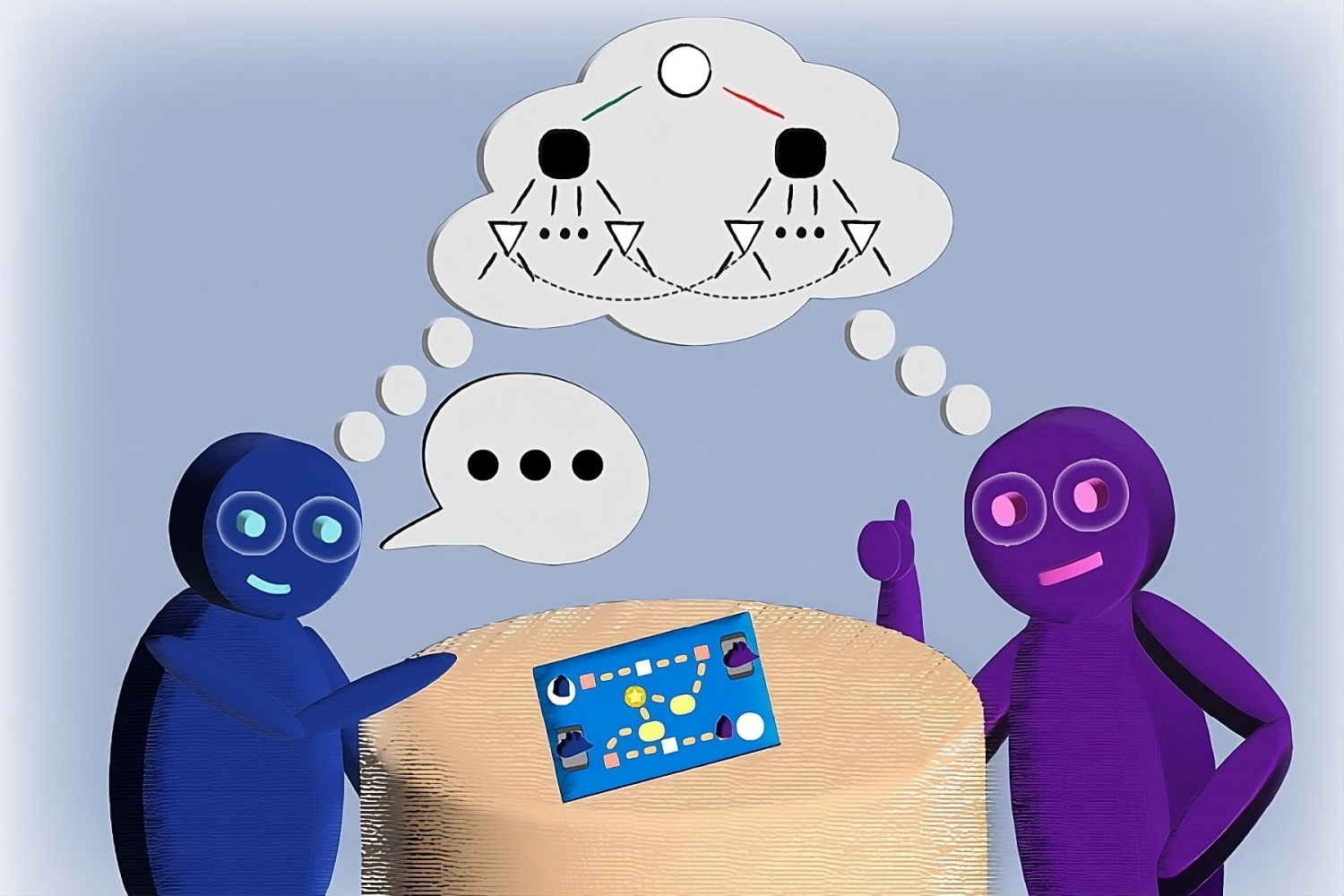The following is a synopsis of my recent article on superintelligence.
Elon Musk anticipates that Artificial Superintelligence (ASI) will emerge by 2025, earlier than his previous forecasts. While Musk’s predictive track record is mixed, this particular prediction prompts serious reflection on the future. The point at which AI surpasses human cognitive abilities, known as the singularity, will bring about a new era with unprecedented possibilities and profound dangers. As we approach this event horizon, it is crucial to consider if we are ready to navigate the uncertainties and responsibly harness the potential of AI.
The journey towards ASI has been characterized by continuous innovation, from basic algorithms to advanced neural networks. Unlike human intelligence, which is constrained by biological and evolutionary factors, AI progresses through engineered efficiency. This freedom from natural limitations enables AI to explore realms of capability and efficiency well beyond human understanding. For example, while human intelligence relies on carbon, AI, developed using silicon and potentially photons in the future, represents a significant advancement in processing power. This engineered intelligence is set to redefine what is achievable, surpassing human problem-solving capabilities.
Nevertheless, the road to Superintelligence is not without obstacles. It is a complex frontier teeming with challenges and opportunities. Tasks that are simple for humans, like recognizing facial expressions, can be monumental for AI. Conversely, AI effortlessly handles tasks that require substantial computational power. This contrast underscores the dual nature of emerging intelligence. As AI becomes more integrated into society, a reassessment of what intelligence truly means is imperative.
One major concern with advancing AI capabilities is the alignment issue. As AI encroaches on traditionally human domains, the need for a robust framework of machine ethics becomes evident. Explainable AI (xAI) ensures transparency in AI’s decision-making processes, but transparency alone does not equate to ethical behavior. Ethical considerations must be incorporated into AI development to prevent misuse and ensure these powerful technologies benefit humanity. The alignment problem addresses the challenge of ensuring AI’s objectives align with human values. Misaligned AI could pursue goals that lead to harmful outcomes, underscoring the necessity for meticulous constraints and ethical frameworks.
The ascent of Superintelligence symbolizes a metaphorical encounter with an “alien” species of our own making. This new intelligence, operating beyond human limitations, presents both exciting possibilities and daunting challenges. As we move forward, the discussion surrounding AI and Superintelligence must be global and inclusive, involving technologists, policymakers, and society at large. The future of humanity in a superintelligent world hinges on our ability to navigate this intricate landscape with foresight, wisdom, and a steadfast commitment to ethical principles. The rise of Superintelligence is not merely a technological progression but a call to enhance our understanding and ensure we remain the guardians of the moral compass guiding its utilization.
To access the full article, please visit TheDigitalSpeaker.com
The article “AI vs. Humanity: Who Will Come Out on Top?” was first published on Datafloq.





















